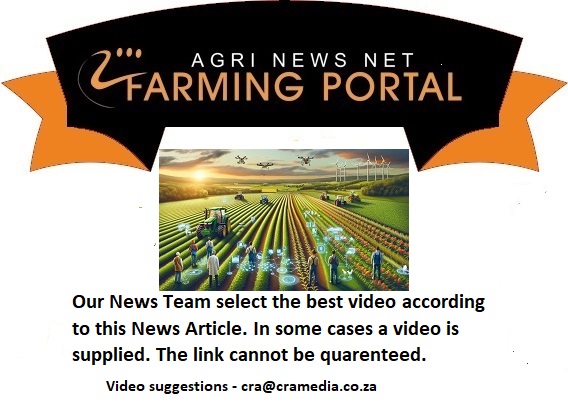It can be referred to as a dual farming system, which emphasises the fact that this type of practice allows farmers to utilise the natural resources of the land optimally. It can also be referred to as double cropping, which again emphasises that this type of practice can lead to doubling the production and profit of the land.
Brett Muirhead, agronomist and pasture specialist from Limagrain, explained that the main goal of intercropping is to integrate crop farming and livestock farming, to get the best of both systems on one land. Is the farmer who intercrops then a so-called Jack of all trades, master of none? Certainly not. He is rather someone who still focuses on the primary yield that provides the main money and remains the number one purpose of the land. But, on top of this, he recognises the advantages a pasture cover crop can provide.
Of course, a pasture cover crop provides additional grazing for livestock, but it can also improve soil health and fertility. It can do this by bringing forth three main desired advantages. However, a specific cover crop seed mixture is required to receive these advantages. It must be a mixture of grasses, legumes, and brassicas. Each one of these components has a vital role to play. Grasses increase the amount of organic matter in the soil. Legumes can fix nitrogen in the soil and therefore increase the total available amount of nitrogen. Brassicas is very good for grazing and its taproot or bulbs aerates the soil.
Sound too good to be true? Well, there are some challenges, but luckily none that cannot be overcome...
 Intercropping can significantly increase yields in agriculture while reducing the use of fertilisers
Intercropping can significantly increase yields in agriculture while reducing the use of fertilisers
Selecting the right seed mixture of cover crops (as mentioned above, and with a shade tolerance) can be challenging, but Limagrain offers seed mixtures and advice. One pertinent focus point of this advice is with regard to the planting date of both the primary crop and the cover crop.
Since the primary crop remains the primary focus, the cover crop cannot interfere with its production potential. That is why the importance of planting dates cannot be overemphasised. Muirhead confirms, “There is a little window to plant in.” The main crop must be planted first. It must be able to grow and establish without competition. Therefore, the cover crop can only be planted a month after the main crop has been planted. This month’s time should ensure that the main crop reaches the V3-V5 stage. Before the V3 stage, the cover crop may cause too much competition. After the V5 stage, the main crop may have formed a canopy which will restrict light for the cover crop and dually it won’t be able to germinate and grow. If the correct planting dates are followed, the cover crop will grow slowly under the canopy until it receives more light once the canopy opens again.
The importance of planting dates also plays a role when harvesting. After harvesting the main crop the farmer should grant two weeks’ time for the pasture cover crop to reach its full potential, before letting his livestock graze it. In this time the pasture cover crop will thrive on more sunlight and water (in the absence of the main crop’s canopy).
Another challenge to overcome is to ensure that the right equipment is available. For intercropping, farmers will need a planter that can interseed between the main crops. Farmers should also rely on their chemical agent’s advice on the herbicide spray schedule. It is important for Limagrain’s seed salesmen to foster a good relationship with chemical agents to ensure the farmer gets the best recommendation for his seed and herbicide application. That is why Limagrain is also busy working with a chemical company on herbicide trials to find out what species and herbicides work together.
Water can also be a challenge. Intercropping works excellently in high-rainfall areas, but it is also possible in dryer areas where irrigation is available. A soil moisture probe is highly recommended to determine how much moisture is available in the soil. The rooting system of the main crop (planted earlier) will be stronger, so the competition for water won’t negatively affect it, but the amount of moisture available can influence the production potential of the pasture cover crop.
For every challenge intercropping may contain, there seems to be a practical solution. The advantages of intercropping are certainly noteworthy and therefore Muirhead concludes with a strong statement: “The modern-day farmer faces many economic, agronomic, climatic, and societal challenges. A new and improved farming practice is required to help withstand these challenges. The conservation and regenerative farming practice of integrating pasture cover crops with maize or soybean crop farming is one of the best solutions to take agriculture forward.”















